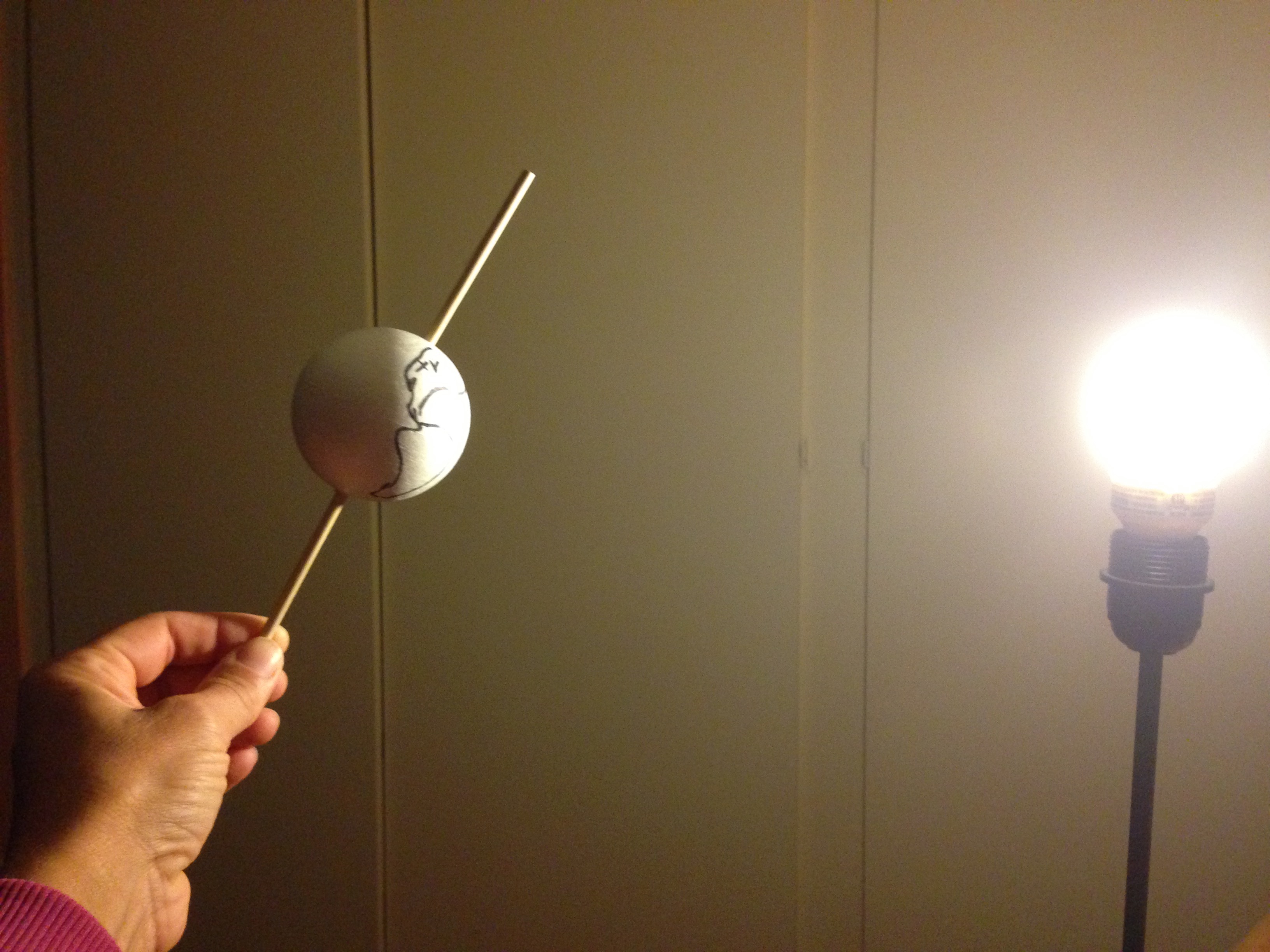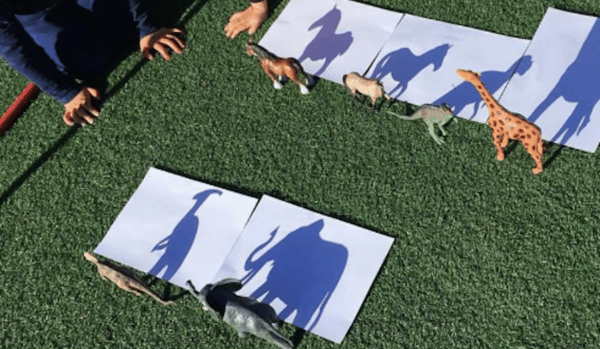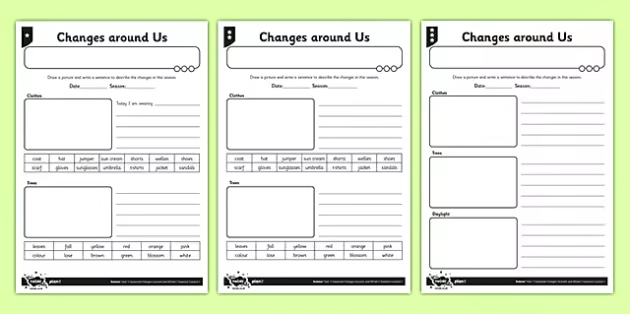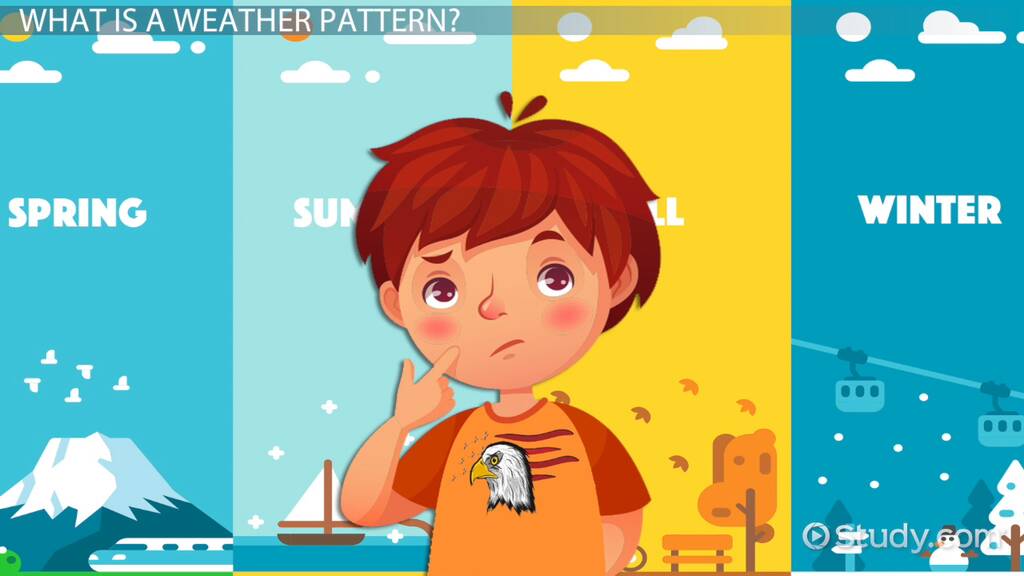Ever wondered why the cherry blossoms bloom only in Spring, or why we experience chillier days in Winter? Such are the marvels of Earth’s changing seasons- an eternal cosmic dance in which we all participate, knowingly or unknowingly. Grasping the mechanics of Earth’s seasons offers an essential understanding of our planet’s climate dynamics and the cyclical rhythm of life it engenders.
Brace your students to discover all this and more as we explore 4 exciting activities that blend science with hands-on teaching methods! But first- let’s take a look at the mechanics behind our seasons.
Understanding the Science of Earth’s Seasons
Everything begins with the Earth’s axial tilt; a seemingly slight inclination of 23.5 degrees that determines our experience of all four seasons.
As Earth pirouettes around the sun, the tilt of our ‘blue marble’ either angles towards or away from it; affecting the intensity and duration of sunlight we receive in different regions.
Learn More: Enchanted Learning
Activity 1: Modeling Earth’s Tilt and Seasons

Let’s start with a hands-on project to help your learners get a better grapple on things. This activity involves your learners in creating a tactile model of Earth and its axial tilt to comprehend its role in triggering seasons.
Armed with basic materials like a foam ball, a tilted stand, and a flashlight, students will mimic Earth’s orbit and experience a miniature ‘seasons simulation’.
The takeaway? An enduring understanding of how Earth’s tilt leads to the seasonal changes we experience!
Learn More: Ingrid Science
Activity 2: Seasonal Sunlight and Shadows

Shadows aren’t just a phenomenon for sunny afternoons; they’re clues to which season we’re experiencing! This activity aims to help students visualize how the angle and intensity of sunlight change over the year.
With nothing more than a stick, a sunny spot, and some markers, your middle schoolers can trace shadows at different times and discover their seasonal dance in the process!
Learn More: Club Sci Kidz MD
Activity 3: Seasonal Phenomena Observations

What better way to explore seasons than by immersing oneself in the heart of nature? In this activity, your learners must document the shifting canvas of nature as the seasons change.
To do so, they must regularly note observations, record data, and identify patterns.
The expected outcomes, you ask? Enhanced observational skills and a deeper connection with the dynamic ebb and flow of natural phenomena across the seasons.
Learn More: Twinkl
Activity 4: Seasonal Climate Patterns

Our final activity takes a broader view by having learners investigate how the Earth’s seasons interact with regional climate patterns.
Students must examine climate data, observe trends, and engage in thoughtful discussions. In doing so, they’ll tap into how the rhythm of the seasons orchestrates the changes in global climate.
Learn More: Study